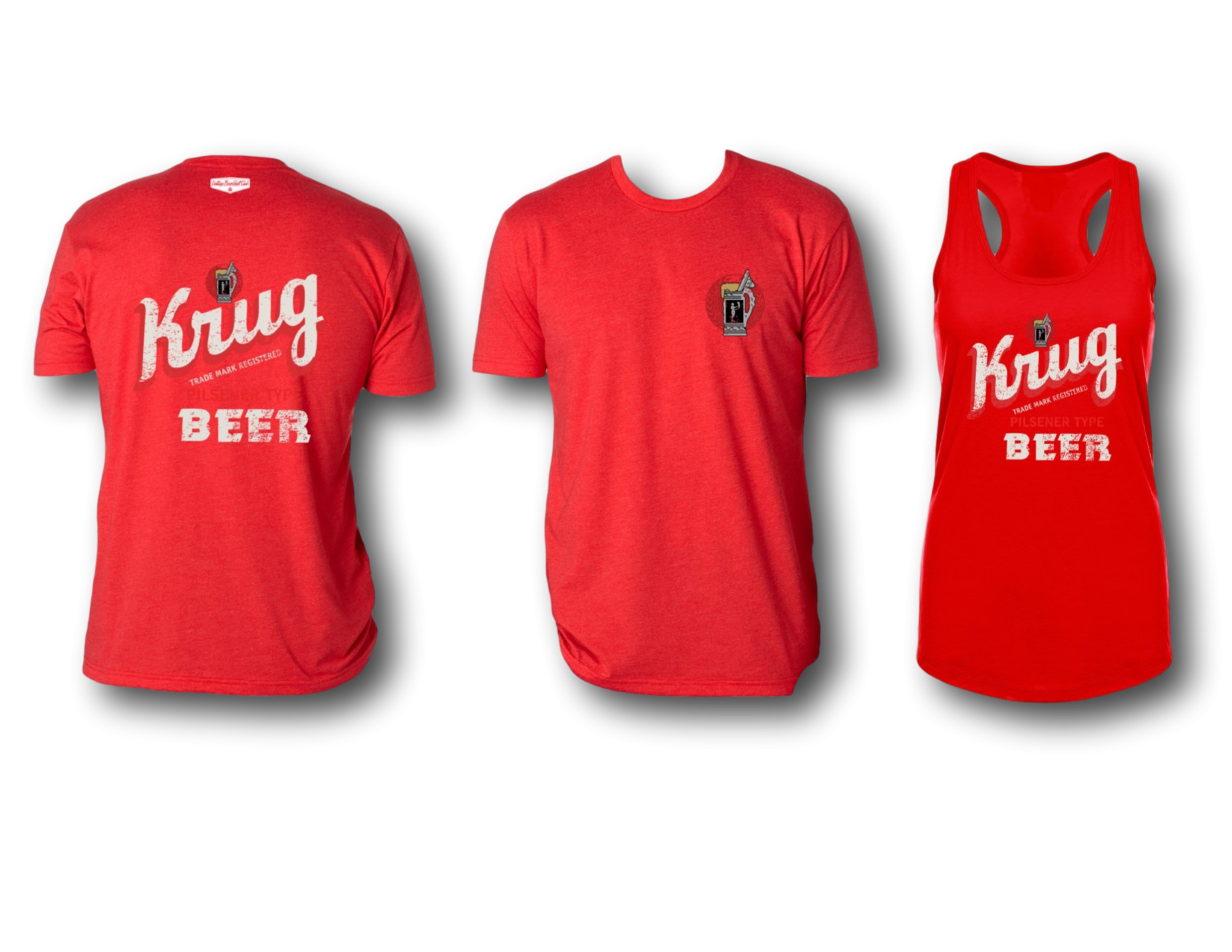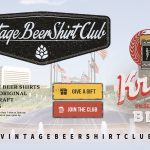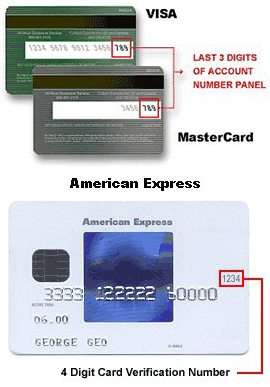Krug Pilsner Beer
Nebraska natives need no introduction to the Krug family and its rich history in the state.
Frederick Krug was a German immigrant who, by the age of 19, had been trained as a brewmaster in his homeland. In 1852, he came to the United States and after working at a brewery or two, opened his namesake Krug Brewing in 1859.
As the first brewery in the city of Omaha, Krug supplied beer to four local saloons, reportedly delivering it by wheelbarrow in the early days. He boasted that his beer was so good, he couldn’t trust anyone else to get the product to market. The building of the Transcontinental Railroad through the state in the 1860s meant that Krug had the opportunity to send his famous brews westward – and that he did, shipping beer to all of the states along the line, all the way to San Francisco.
For the next two decades, the brewery continued to grow, producing more than 200,000 barrels a year by 1909 (it’s bi-centennial anniversary). This increase in production (from 65,000) was made possible by a state of the art, million dollar brewery which opened in October 1893 with its grand opening event attended by nearly 4000 people. The brewery maintained operations with only a slight pause during prohibition, and was sold to Falstaff Brewing Corp in October 1935. The 90 year old plant closed in 1983 and was demolished in 1997. Sadly, the only remaining building from the original Krug Brewery is the historic Anheuser-Busch Beer Depot in Omaha.
Present-day Gallagher park, located in the Benson district of Omaha is, however, another reminder of the Krug family’s historic contributions to the area. The 18+ acre public park reopened in 1955 at the same location as its former Krug Park, which had served the people of Omaha from 1902 until 1940. Frederick Krug had originally opened the park which housed a beer garden, swimming pool, waterfall, dance stage and amusement park rides. After a deadly rollercoaster accident in 1930, park attendance slowly waned, and was closed in 1940.
Krug Brewing memorabilia is fairly easy to find, due to the company’s vast marketing campaigns which included post cards and 50-year anniversary plates being distributed freely to promote the company. Brewing a selective number of beers, the company was able to commit itself to “uniform, perfectly brewed and well-aged”* products.
*taken from a 1910 advertisement.







